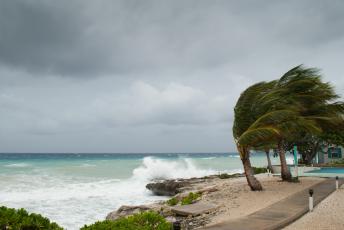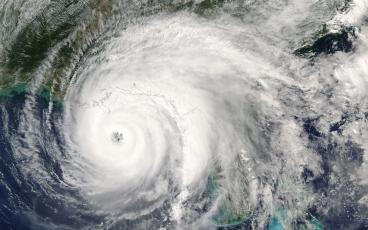By an act of Congress and with the stroke of a pen, the Federal Aviation Administration’s (FAA) programs will continue to receive funding for the next 14 months. Importantly, it should be noted that the “FAA Extension, Safety, and Security Act of 2016” (P.L. 114-190) contains provisions on unmanned aerial vehicles (UAVs)/drones that will greatly impact the refining and petrochemical industry.
Pipelines, refineries, and petrochemical facilities benefit from the use of drones, as these secure sites require sophisticated forms of surveillance to mitigate and protect against terrorist threats or attacks. However, drones pose a threat if they end up in the wrong hands. Spying and trespassing on private property by terrorists, environmental groups, or a meddling hobbyist is not only illegal in some states, but endanger a site’s security capabilities.
Through the FAA extension, critical infrastructure – specifically, owners and operators of refineries and petrochemical facilities – would be able to submit an application to the FAA that would prohibit the operation of a drone over, under, or within a specified distance from a facility. Creating restricted airspace designations over critical infrastructure will not only protect against nefarious activities from UAVs, but also provide certainty to industries who either want to use drones for their own purposes or seek protection from them.
Like all forms of critical infrastructure, pipelines, refineries, and petrochemical facilities also require regular maintenance and constant monitoring. Drones have proven to be useful in this respect, ensuring compliance with Federal or State regulations, evaluating emissions levels, tank, and pipeline integrity, etc. An aerial vantage point would clearly go beyond the capabilities of on the ground inspection crews.
On June 21, 2016, the Department of Transportation and FAA issued their final rule for small UAVs. Yet, the final rule did not permit drones to fly beyond the line of sight or allow nighttime operations. The FAA extension not only acknowledges the important role of drones operating over critical infrastructure but makes an important legislative fix to the final rule – allowing owners and operators to fly drones over their facilities beyond the line of sight during daytime or nighttime hours. This important provision will strengthen energy security and critical infrastructure resilience nationwide.


